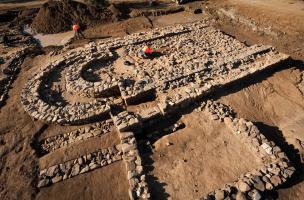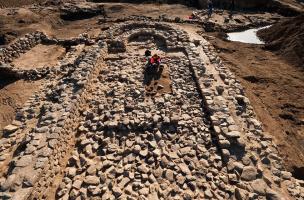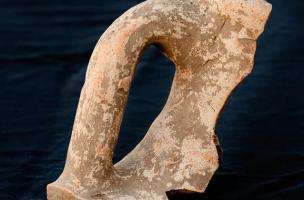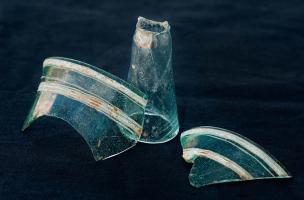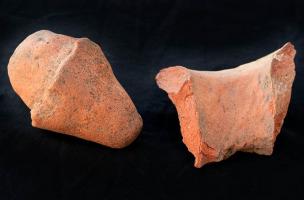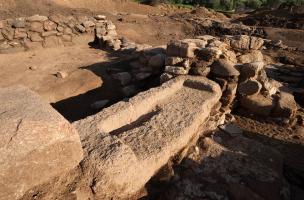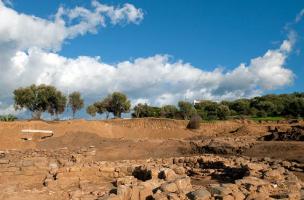You are here
At the origins of Christian Corsica - the forgotten churches of Propriano
During the construction of a housing project at Propriano (Southern Corsica) by the Limat Promotion property group, Inrap archaeologists have unearthed, by order of the State (DRAC Corsica), a classical construction, a collection of churches and an Antique necropolis.
In view of the scientific interest of these discoveries, an extension of the excavations has been financed by the DRAC of Corsica.
The churches
The most recent, probably from the start of the second period of the Middle Ages, and preserved to more than a metre in height, has a nave of 11 m by 5.60 m, extended to the south-east by an apse. This chapel was built on the ruins of a previous church, currently attributed to the 6th or 7th century AD. This first church is larger – 16 m long and 8.50 m wide – and most of its liturgical facilities have been exceptionally well preserved. Thus, the masonry floor of the choir, the base of a masonry altar and a bench for the clergy against the apse are still visible. In the nave, two low parallel walls have also been uncovered, which seem to delineate an axial corridor leading to the choir. To the north, a small room, destroyed by fire, is linked to the chapel by a staircase cut out of the thickness of the wall.
A collection of walls and a circular building 6.50 m in internal diameter date from a previous occupation, perhaps corresponding to a Roman villa Two small groups of burials, located a few metres to the west and north may also be associated with this occupation. It was on the ruins of this construction that the first buildings of the Christian cult were raised. Finally, to the west, the recent construction of a hangar has partially destroyed a third apsidal building, of which the walls can still be seen.
The necropolis
Rediscover the history of Propriano
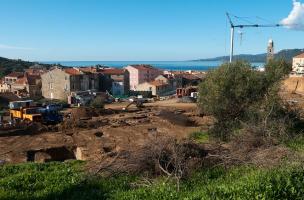
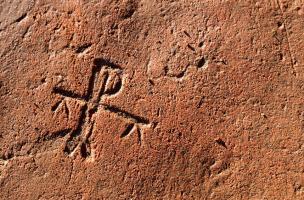

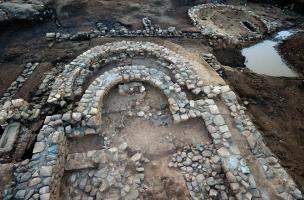

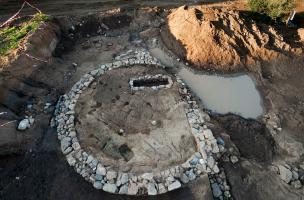
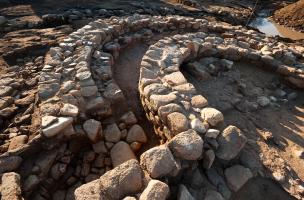
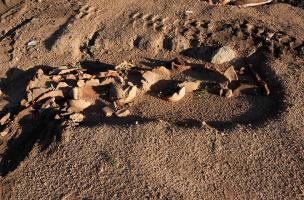
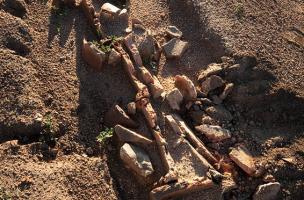
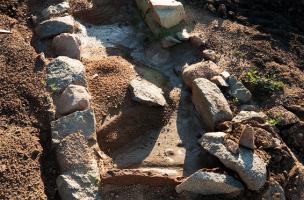
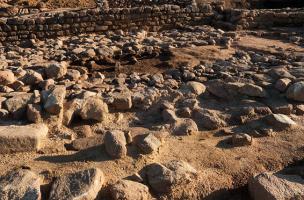
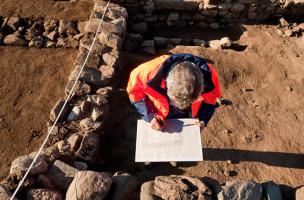
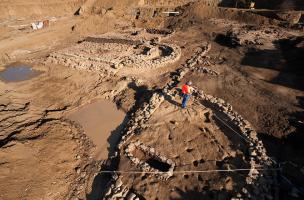

Mahaut Tyrrell
Media communication
Inrap, media partnerships and relations department
+33 (0)1 40 08 80 24
mahaut.tyrrell [at] inrap.fr
Catherine Dureuil
Cultural development and communication
Inrap Méditerranée
+33 (0)6 87 01 62 86
catherine.dureuil [at] inrap.fr


